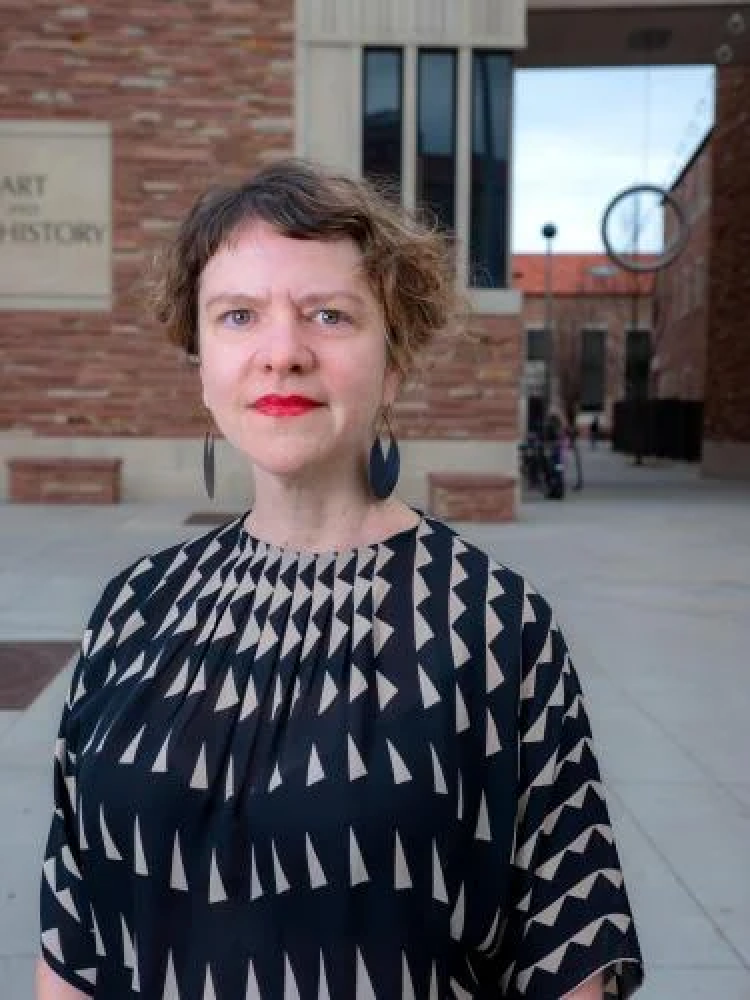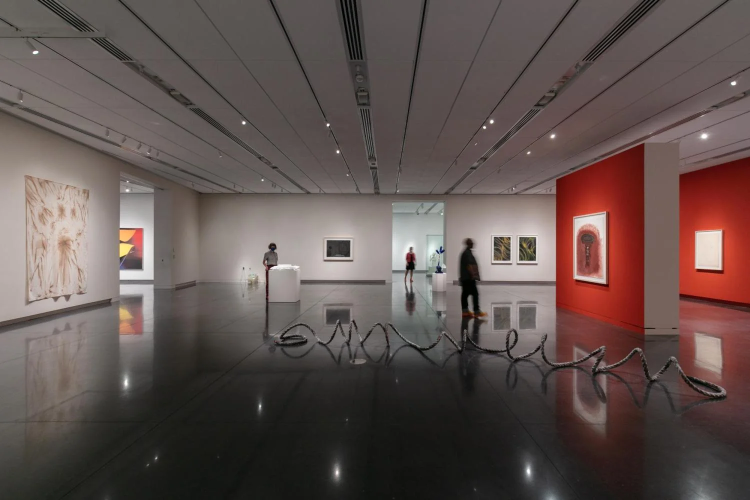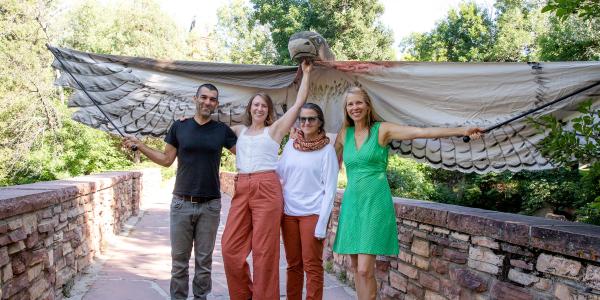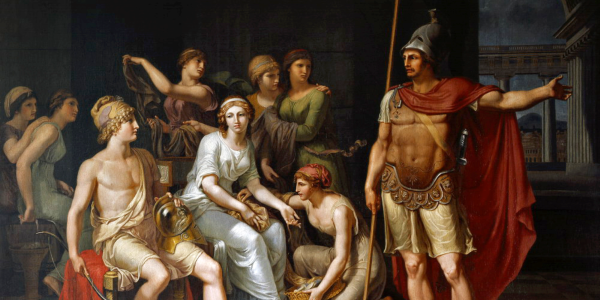Following a rigorous, five-year process, the museum joins peer institutions with a recognition of its quality and credibility
The University of Colorado Boulder Art Museum recently joined an elite group of peer institutions when it received first-time accreditation from the American Alliance of Museums.
This distinction recognizes “a museum’s quality and credibility to the entire museum community, to governments and outside agencies, and to the museum-going public,” the American Alliance of Museums notes, adding that the accreditation program ensures the integrity and accessibility of museum collections, reinforces the educational and public service roles of museums and promotes good governance practices and ethical behavior.
“This is an important milestone,” says Sandra Q. Firmin, museum director. “It increases our credibility as a trusted resource and partner on the CU campus and in the community and also among our peer institutions. It applauds the work we do to fuel imagination and collaboration through art.”

Top of the page: "Pool" by Sandra Kaplan is featured in the current Lush: Prolific Nature exhibit. Above: Sandra Q. Firmin is director of the University of Colorado Art Museum and led the successful accreditation process.
Of the nation’s estimated 33,000 museums, more than 1,099 are accredited. The CU Art Museum is one of 26 museums accredited in Colorado. “We are thrilled to join this esteemed community of museums in Colorado and nationwide,” Firmin says.
Reflecting on purpose
The road to accreditation traversed a winding five years, extended by a global pandemic that saw the museum close from March 13, 2020, to Aug. 17, 2021. “We knew the process was going to be rigorous, but that added a whole new dimension,” says Maggie Mazzullo, head registrar and collection manager. “It really gave us an opportunity to reflect on our role and our identity.”
The accreditation process began in 2018 with submitting key operational documents for evaluation, then completing a more in-depth self-study. The first prompt in the self-study was deceptively simple: “Briefly describe what stories and messages the museum wants to convey; and the museum’s interpretive philosophy, educational goals and target audiences.”
“That was a whole-museum effort,” says Hope Saska, chief curator and director of academic engagement. “It was so much more than asking whether we’re good stewards of the collection, which is a great strength of this museum. It was looking at how we create learning opportunities and partnerships with faculty and students. Reviewers recognized our student-centered perspective and noted the excellence of students in our Museum Attendant Program.”

Maggie Mazzullo, CU Art Museum head registrar and collection manager (left), and Hope Saska, chief curator and director of academic engagement, helped guide the five-year accreditation process.
In the self-study, museum staff noted, “We are a collecting institution with artworks representing 10,000 years of human history. Because of the historical depth and geographic scope of the collection, the museum is able to mobilize the collection to relate a wide range of stories and messages. Our exhibitions are designed to contextualize our collection, make visible campus research through collaborative projects, and present new artistic productions.”
Saska highlights as an example the recently opened Lush: Prolific Nature exhibition, which brings together artworks from the museum’s collection that focus on the natural world. Not only are different geographies and time periods represented in many different media, but several pieces are on display for the first time.
One such piece is “Volcán” by artist Fernanda Brunet, a fiberglass, wood and metal sculpture abundantly blooming with vibrant migajón flowers made from a bread-based clay. “We’re really excited to be displaying this for the first time,” Saska says. “We’re thinking about so many things as we’re envisioning our exhibitions, and an important aspect of that is the idea that any faculty member can find an artwork here that relates to what they’re teaching in class, and any student can come here to see what they’re learning about.”
In-depth peer evaluation
Another important aspect of the accreditation process is a multi-day, on-site evaluation completed by peer reviewers. These reviewers considered not only practical aspects of museum operations—such as whether environmental conditions are appropriate for the collection and whether the interpretive materials are accurate, informed and professionally presented—but also how well the museum encourages and facilitates community discourse and how it asserts its public service role.
In their final evaluation, the peer reviewers note that not only do museum staff take pride in the power of strategic planning to guide the museum to new heights, but also ground their work in student-centeredness and a commitment to the museum’s educational mission.

Tim Whiten: Tools of Conveyance was a featured exhibit in 2021.
The CU Art Museum “emphasizes its learner-centeredness through its interdisciplinary teaching, using its strong and developing art collection to educate audiences about subjects well beyond the boundaries of art and art history,” the peer reviewers observed. “Additionally, students and faculty learn through collaborative label writing for exhibitions and object writing for the newsletter, as well as exhibitions that they curate with staff guidance (these include thesis work for art students).”
Firmin adds that while the accreditation process was long and rigorous, achieving the distinction “is validating and acknowledges the expertise of our staff and all the ways the museum supports education and our partners in the community. It recognizes the museum as a dynamic and growing institution.”
Did you enjoy this article? Subcribe to our newsletter. Passionate about The CU Art Museum intiatives? Show your support.



